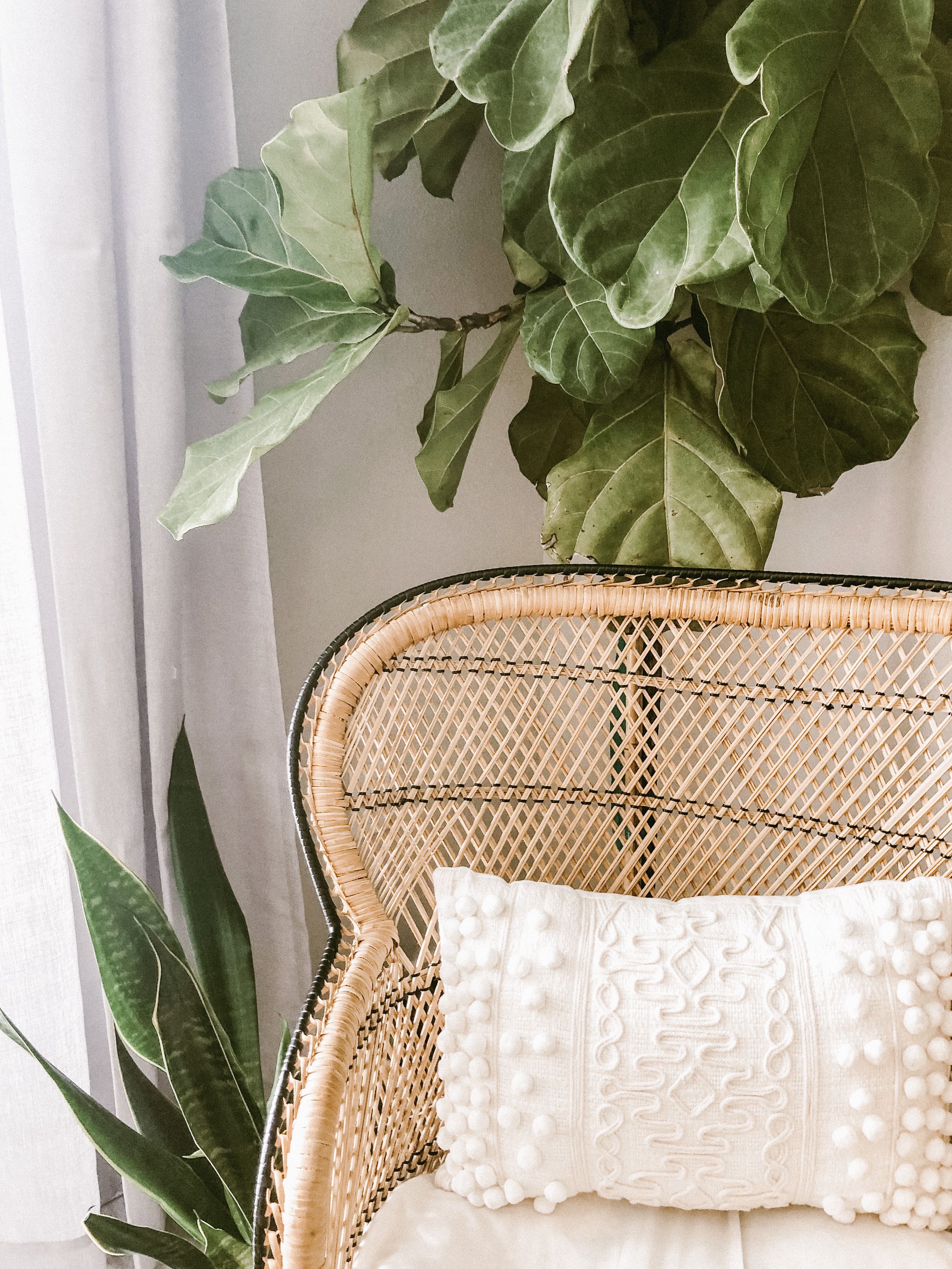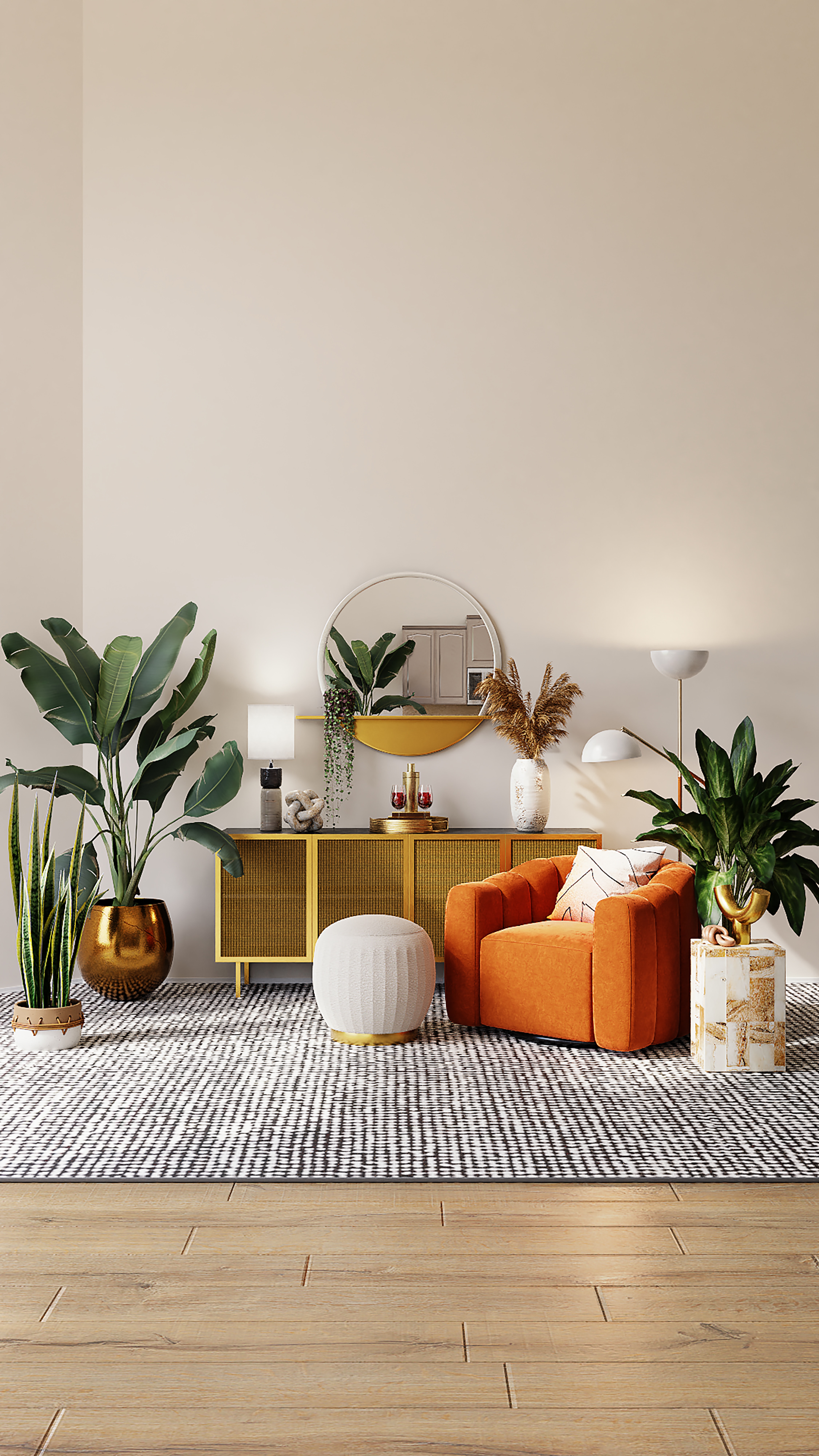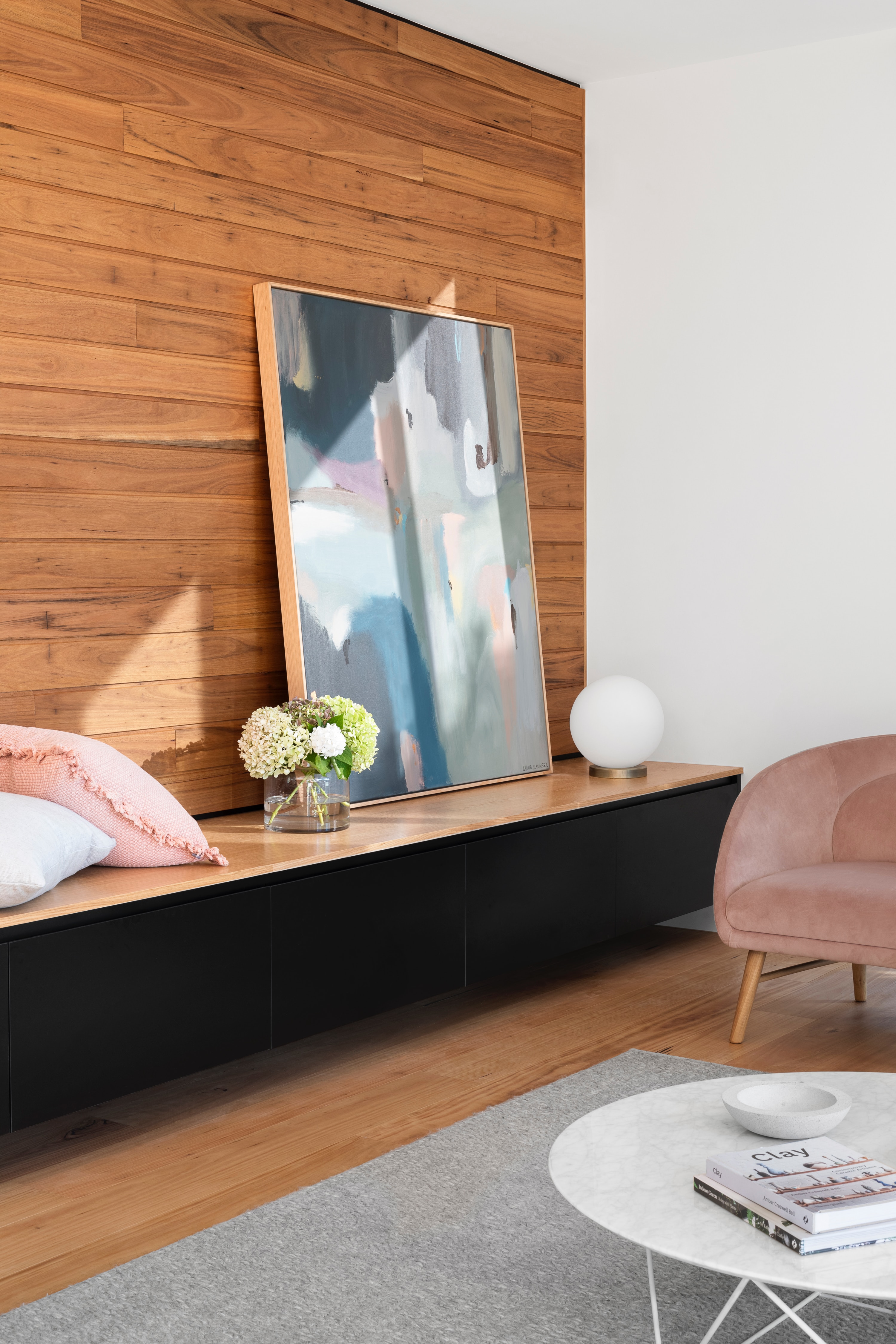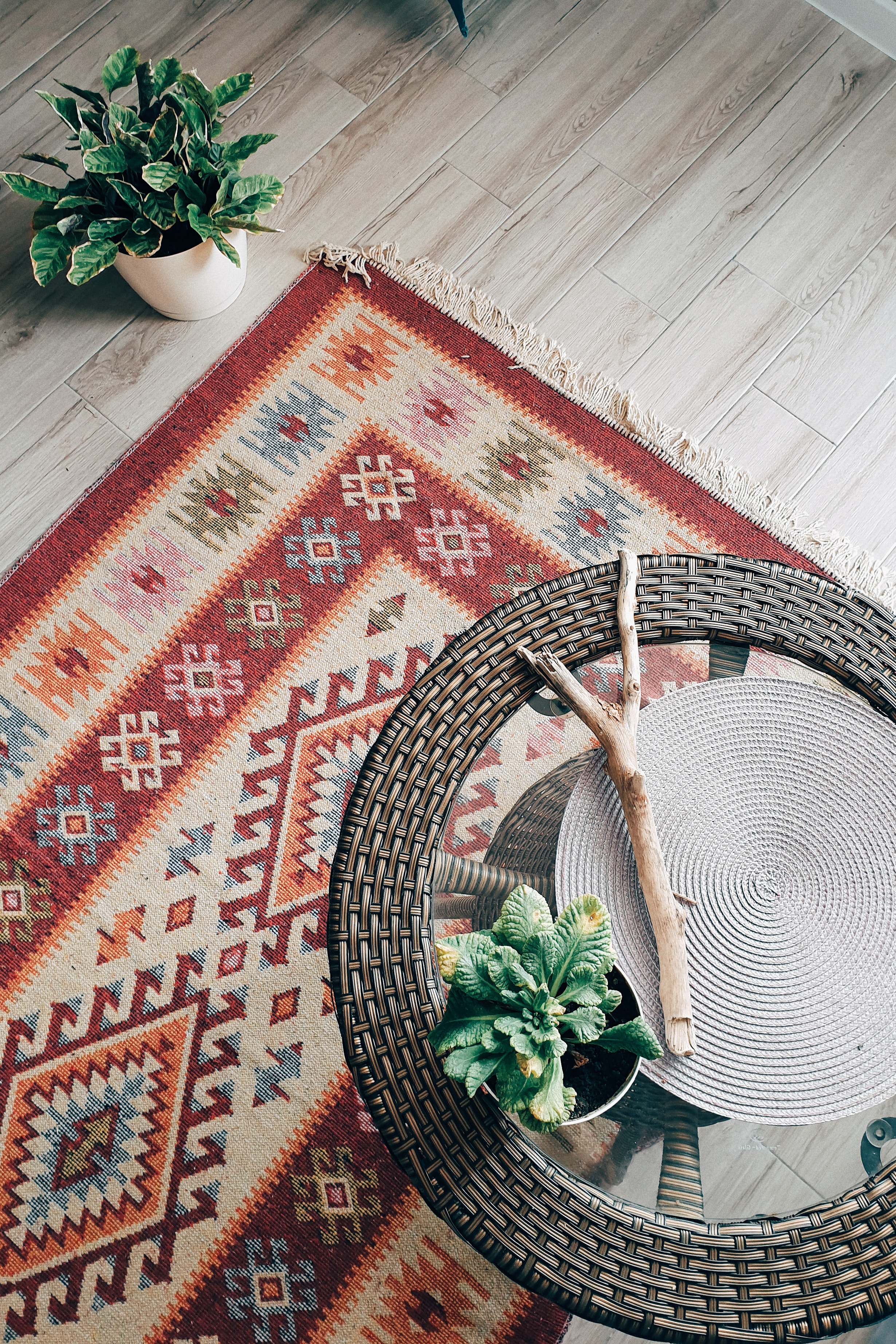Black Grills: Homage to the Asian Tradition of Blackened Teeth, Once a Mark of High Status
Courtesy of @sailorr Sailorr and Molly Santana’s black grills fuse hip-hop swagger ...

As we become more aware of our choices around sustainability, opting for environmentally-friendly practices becomesan important part of our lives. And what’s more fitting than to start within your sanctuary—your own home? Koktail explores sustainable elements to bring into home design, creating aesthetic appeal and a dedication to the well-being of our planet.

A fundamental aspect of Eco-Chic style revolves around selecting natural materials for your home. Going for sustainable options like bamboo, reclaimed wood, repurposed furniture, cork, rattan, or energy-efficient materials will not only make your place look charming and cosy but you’re also helping to reduce your carbon footprint. Their naturalorganic textures and comforting hues, introduce a welcoming and snug ambiance into any area.


While simplicity and clean lines have traditionally defined minimalism, a fresh wave of aesthetic is surfacing filled with a touch of artistic flair. Designers are mixing minimalist spaces with vibrant colours, distinctive forms, and unconventional textures adding unique charm and personality. When creativity and minimalism come together, it manifests an expressive yet neat interior. Meanwhile, minimalism’s core values remain intact, including eco-friendliness and sustainability. By prioritising waste reduction and materials that are kind to the planet, this approach unequivocally aligns perfectly with environmental responsibility.

When it comes to curtains, rugs, and throw pillows, it’s best to select fabrics made from organic or recycled materials. Consider using organic cotton, hemp, or bamboo for bedding and linens and fill your living space with natural dyes and patterns inspired by the outdoors to elevate the Eco-Chic ambiance within your home.

The concept of biophilia—our natural connection with nature—has become more popular in recent years as it’s linked to mental well-being and a calm lifestyle. Biophilic design brings nature into homes and workplaces, making a peaceful and uplifting atmosphere. This involves using sunlight, having indoor plants, using natural materials, and even making green walls. These approaches blur the line between indoor and outdoor areas.

Yet, not everyone finds appeal in exploring past traditions or seeking a connection with nature within design trends. In addition, the swift progress of technology has extended its reach into our living and working environments. Intelligent technology, like voice-command assistants, automated lighting, integrated security and energy control systems, is reshaping how we engage with our surroundings.

Brighten up your area with eco-friendly LED bulbs and fixtures that save energy. Make the most of natural daylight by using sheer curtains or adding skylights during the day, which can cut down on the use of artificial lights. To create a warm evening ambiance, go for soy or beeswax candles, as they’re both renewable and biodegradable.

Wabi-Sabi, a Japanese philosophy that embraces imperfection, natural ageing, soft and neutral colours honours timeworn objects, artisanal creations, organic textures bringing a feeling of mindfulness and authenticity into living spaces. Unlike minimalism which aims to remove clutter, Wabi-Sabi embraces the knot in the wood or the crease in the linen.
Courtesy of @sailorr Sailorr and Molly Santana’s black grills fuse hip-hop swagger ...
Pets, as cherished members of our families, deserve rights and protections that ...
These top 5 barber shops in Bangkok are where gentlemen can elevate ...
Wandering around the globe, try out the signature tastes of cultures across ...
Must-have gadgets for kids in the Y2K are, predictably, making a comeback ...
The feral lime-green feminine frequency that won't stop multiplying Somewhere last year ...
Wee use cookies to deliver your best experience on our website. By using our website, you consent to our cookies in accordance with our cookies policy and privacy policy